Dragos Andriana, curator of the exhibition "Photographic techniques. Unique and rare photos in the collection of the Romanian Academy Library," which can be visited at the Theodor Pallady Hall, says that the exhibition gathers for the first time the most important exhibits of the BAR archive, in a page of photography history and technique.
"I have been working for more than three years at the Library of the Academy and at the Photography Library, and I thought it was time to gather in an exhibition the most important exhibits of the library. It is the history and technique of photography. For me it is also a personal and a technical experience, because for the exhibition I used the original negatives of Carol Popp de Szathmari, a kind of dialogue over time," Dragos Andriana, PhD photographic techniques student at the National University of Art in Bucharest told AGERPRES on Monday.
The exhibition of the Cabinetul de Stampe of the Academy Library, which brings together around 80 works, offers visitors the opportunity to see the most valuable items in the BAR's photo collection consisting of over 400,000 images, positive film, negative film, glass negatives, daguerreotypes, calotypes, salt print, albumen print, photographic technique devices.
"Given that this is a very extensive photographic background, the selection was difficult to make, but in the times when almost every inhabitant of the planet has high-end photographic technology in their pocket and are bombarded with thousands of images daily, these photographs that have crossed time and survived time, made with primitive techniques, now difficult to reproduce, are all the more valuable," said Andriana.
He pointed out that the Romanian Academy and the Academy's Library started collecting exhibits since their establishment.
"They were boyars, nobles who came from the West and who donated their own collections to the academy, with the academy gathering mainly a large collection from the 19th century and the beginning of the 20th century, until WWII. This period is very well represented, both in characters, and in events and techniques. A large part of the library belongs to the Royal House of Romania and brings together albums, personal photographs, etc.," said Andriana.
In the future, he intends to study and later present to the public in an album the work of the photographer Stelian Petrescu, part of his works being in the exhibition.
"I also have other plans. There are things that have not been exploited here, such as the work of the photographer Stelian Petrescu, because most of his works are negatives, positives, photographic plates, stereoscopic images that can be seen in three dimensions. (. ..) He covered all of Romania, between 1900 - 1920, having photos from the West as well. He was an engineer at CFR and a professor at the School of Arts and Crafts in Bucharest and has a very large archive of photos. I want to release an album with it and some of them are in the exhibition now. Known and appreciated as a photographer, Stelian Petrescu has photographs from the Balkan Wars and WWI, the funeral of King Ferdinand, etc. They are historical, political, social events, but also private life, architecture, portraiture. Some of them appeared in the periodicals of the time, but the documents belonging to him were donated to the BAR library by his descendants," Andriana also said, told Agerpres.
On display there are the first certified photograph in the Romanian Principalities dating back to 1848 - a famous calotype by Carol Popp de Szathmari depicting a Cupid with broken arms, and also the first war photographs in the world taken by the same photographer, seven portrait calotypes belonging to Dimitrie Sturdza Scheianu dating back to 1852, original pictures of the War of Independence by Franz Duschek, an original series of daguerreotypes including the portrait of politician Nicolae Balcescu, various perspectives on the Aromanian community made by the Manakia brothers.
The exhibition also highlights the first panoramas of Bucharest City, capturing the beginning of the urbanisation of the capital, as well as Stelian Petrescu's glass stereoscopies or Nicolae Ionescu's famous photographs of interwar Bucharest. There are also 19th-20th century photographic technique components from the personal collection of the curator, researcher and passionate practitioner of photography.
The exhibition is open throughout September 16, Monday to Friday, 09:00hrs - 14:00hrs. Admission is free.

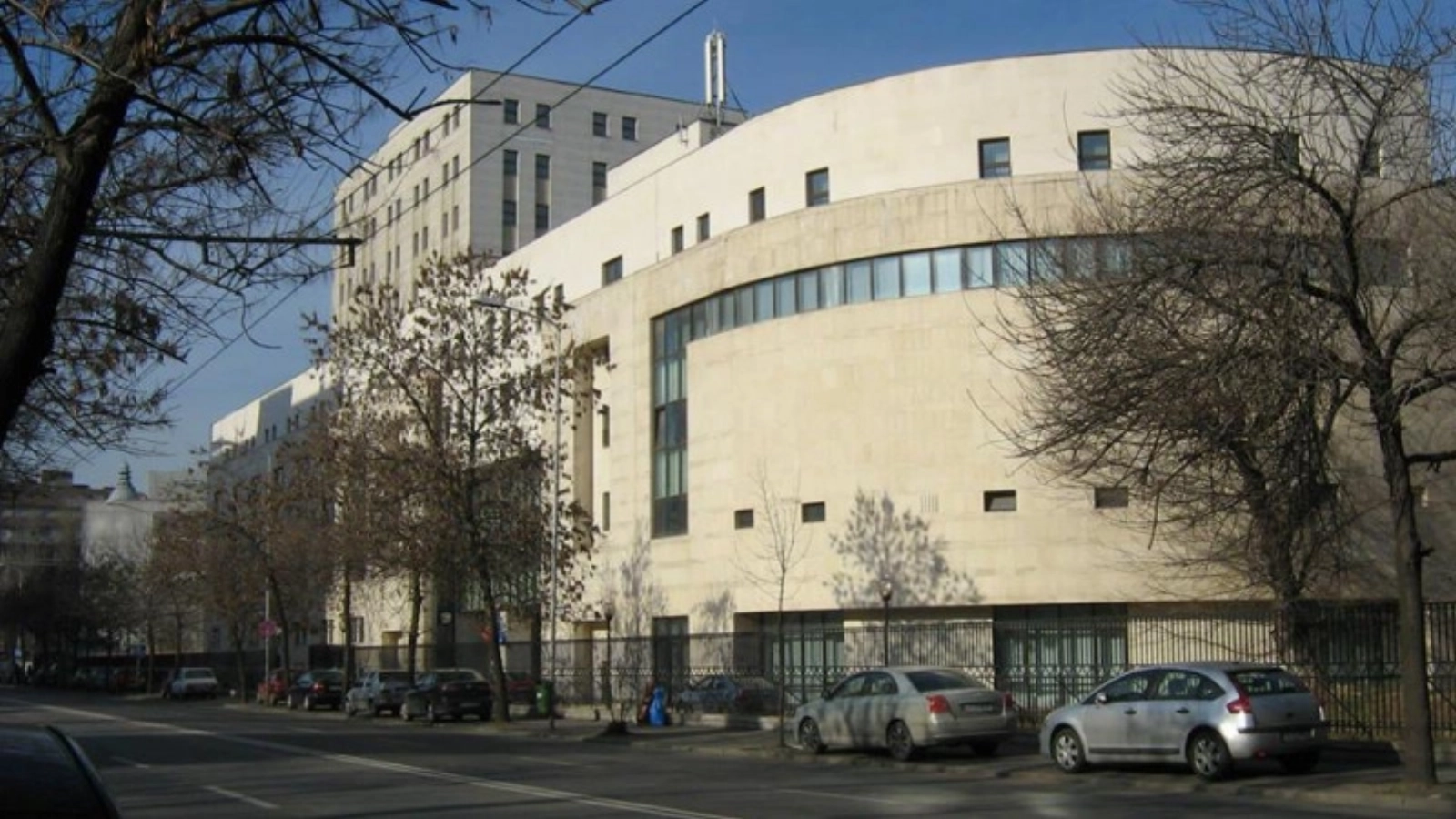



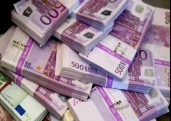


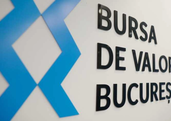
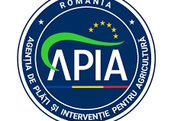
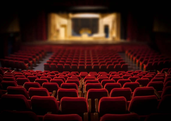
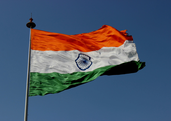
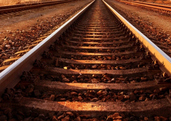
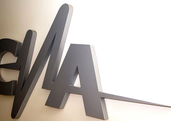
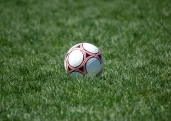
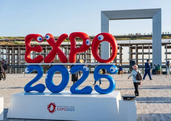
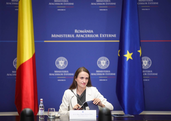
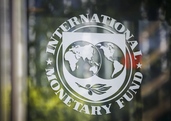


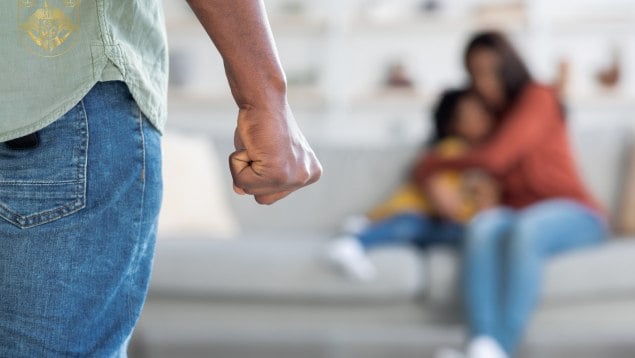
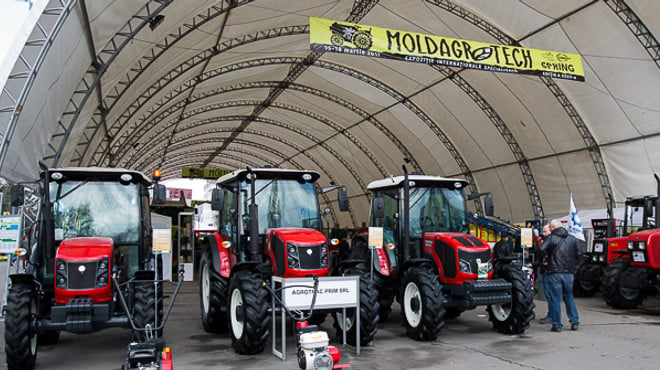

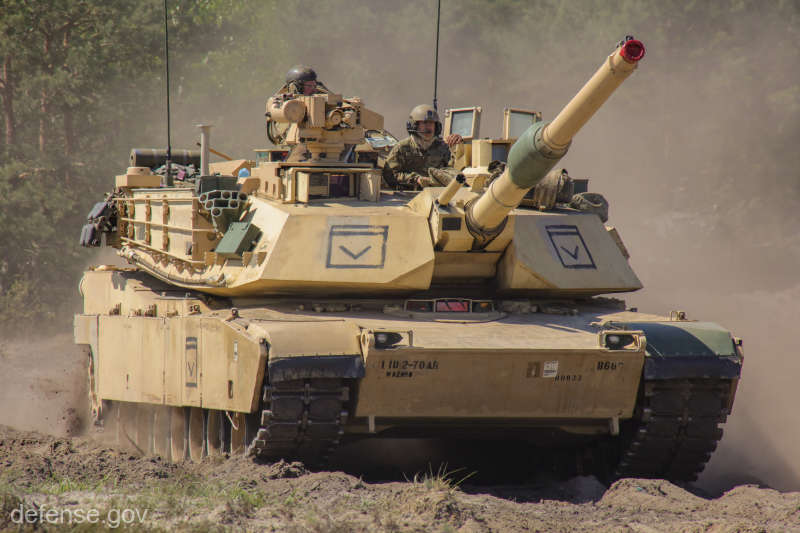






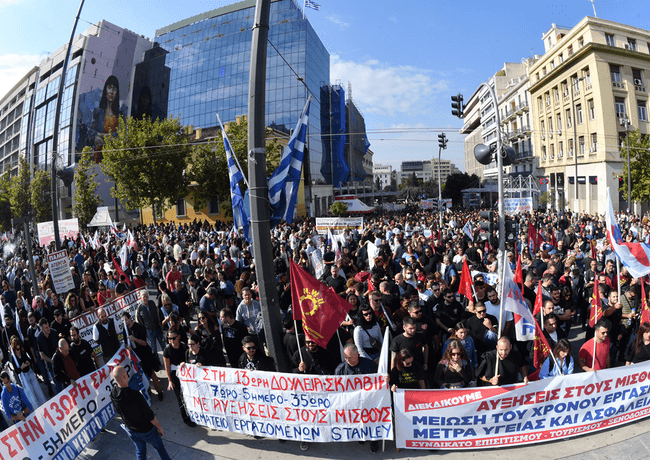


Comentează